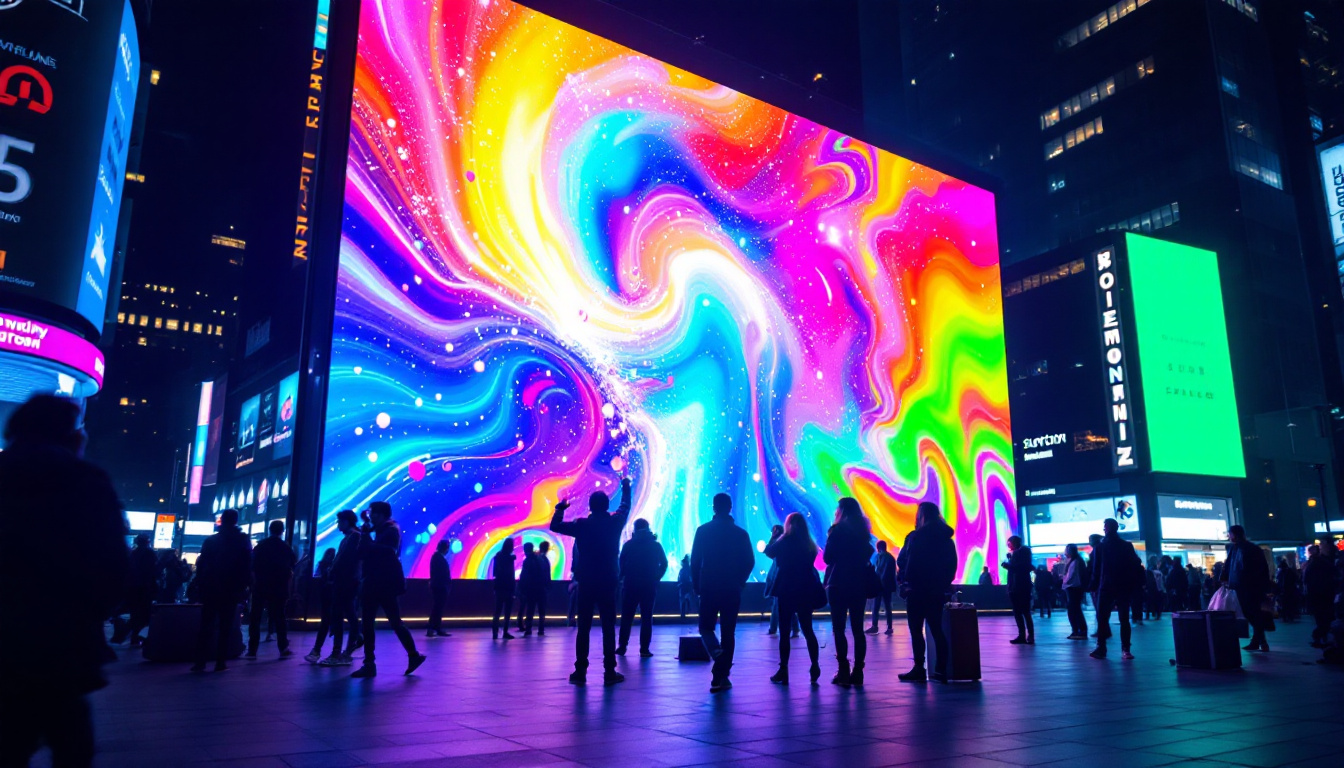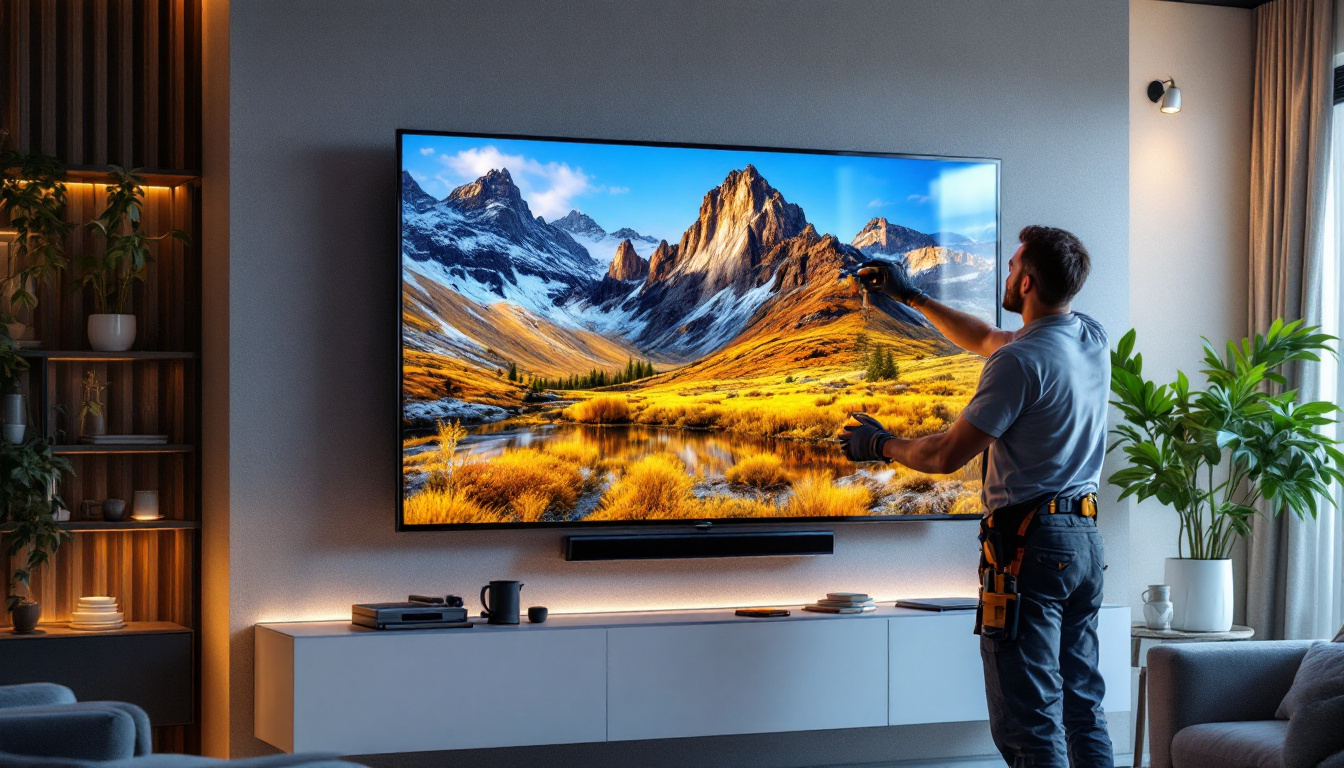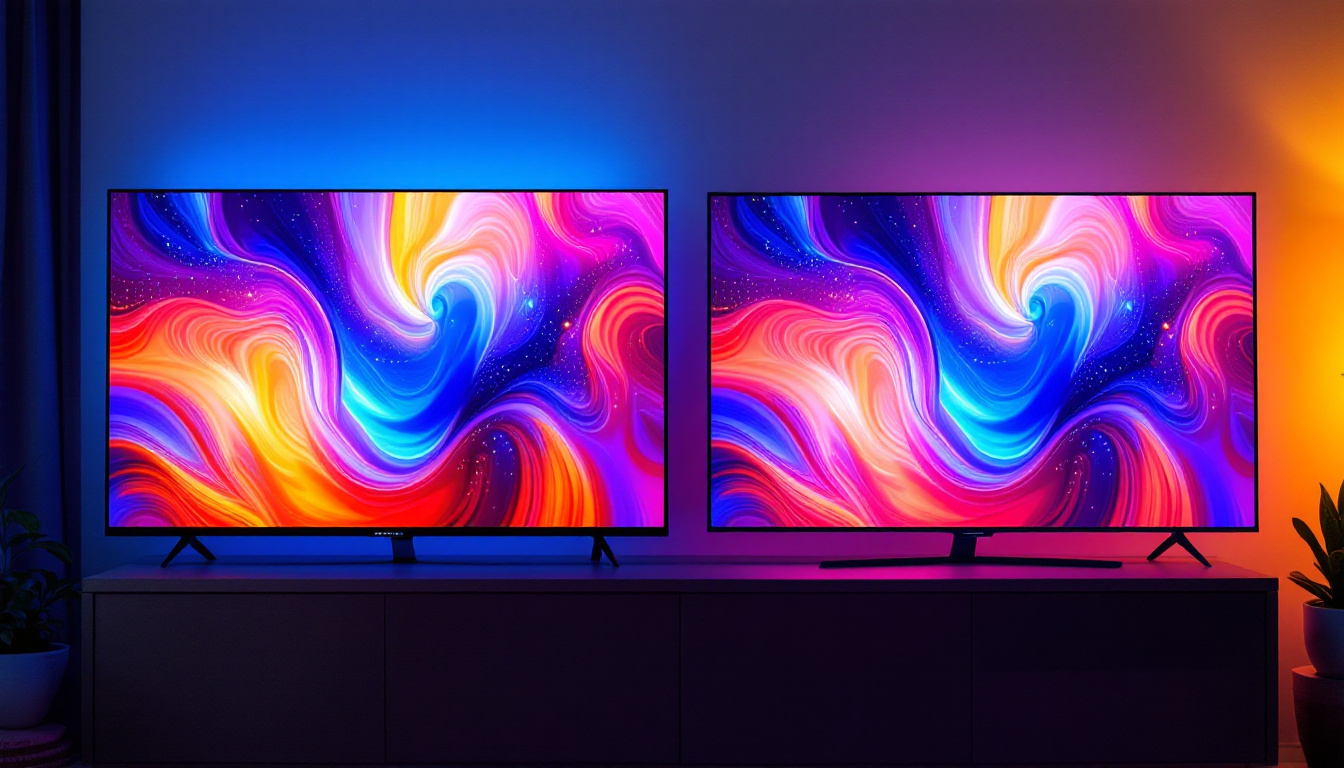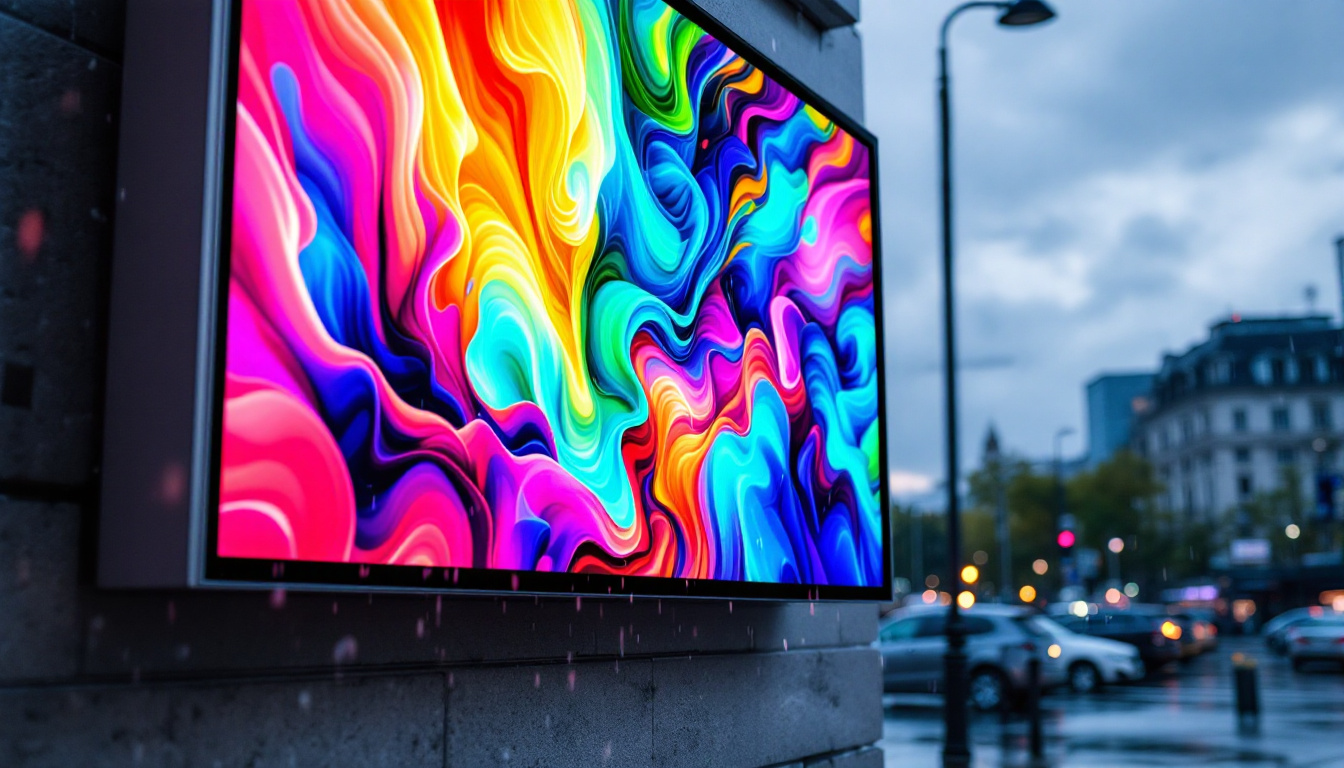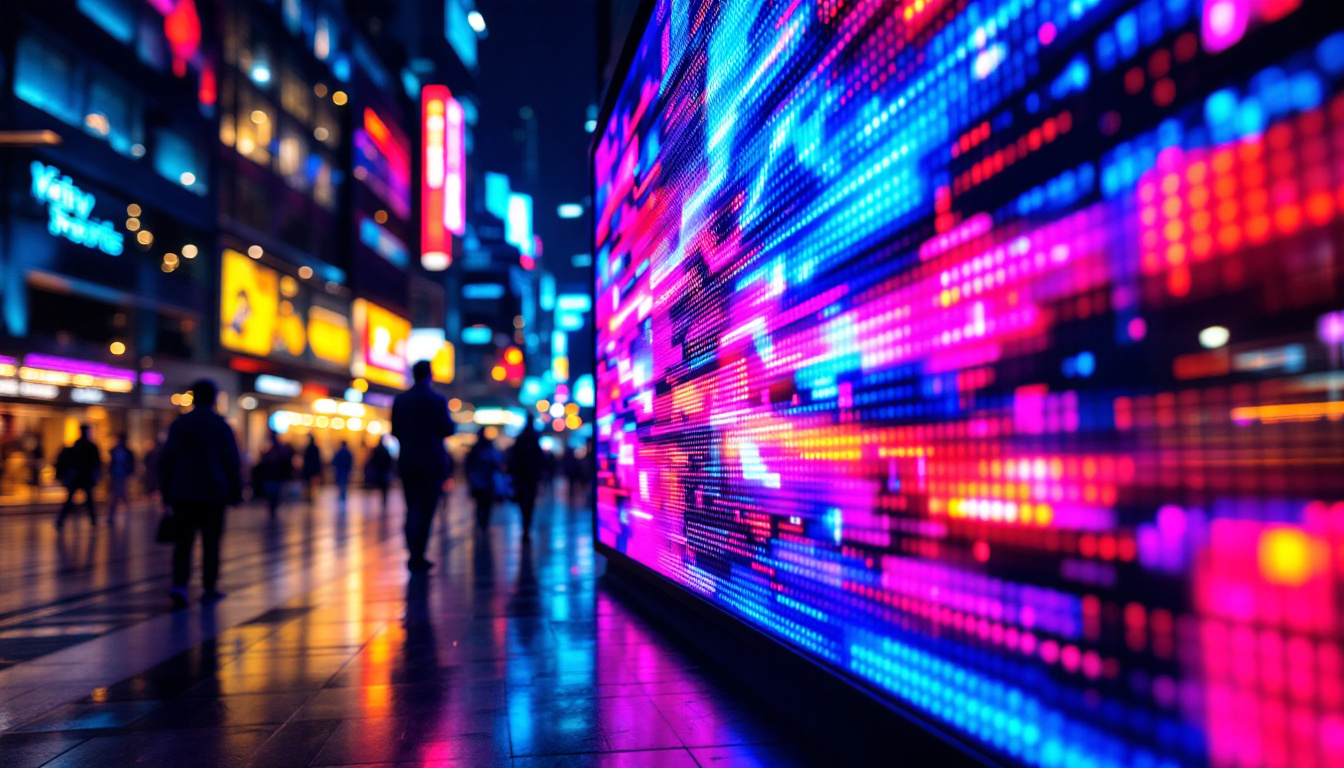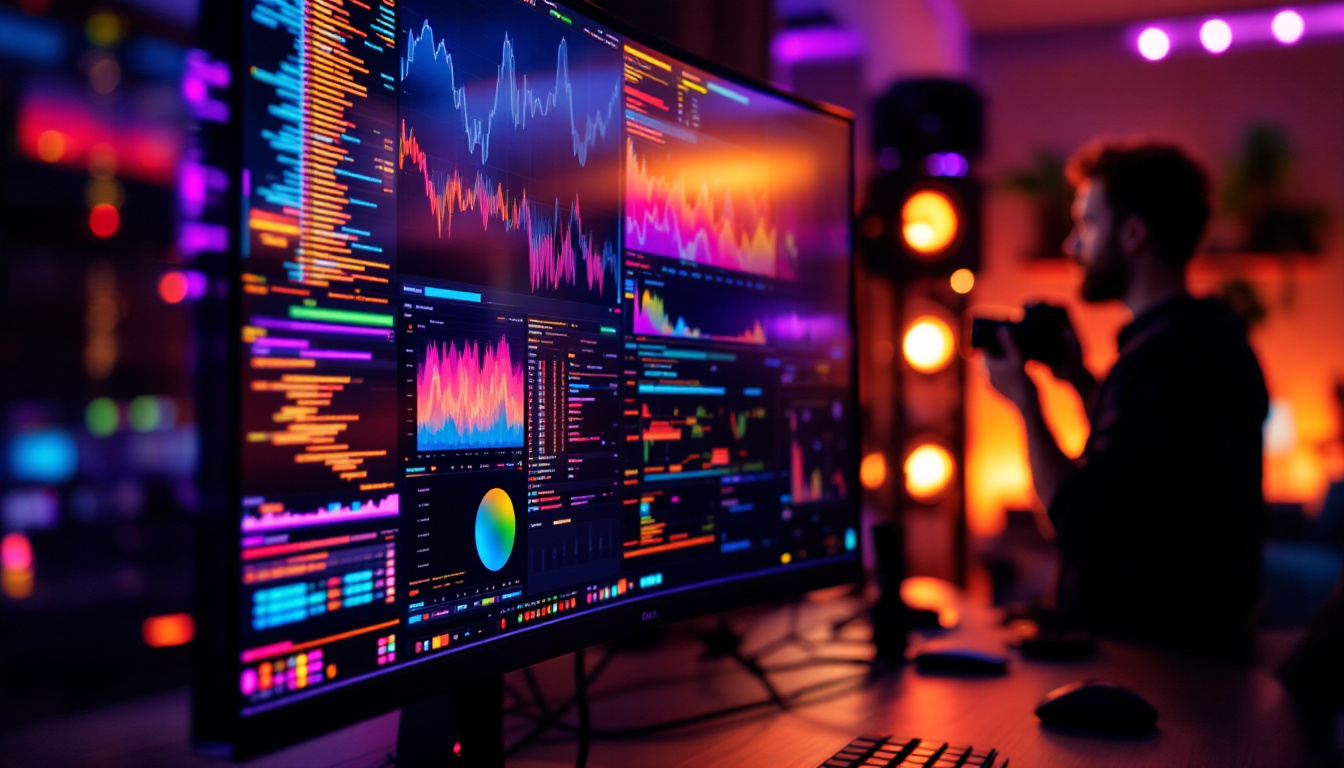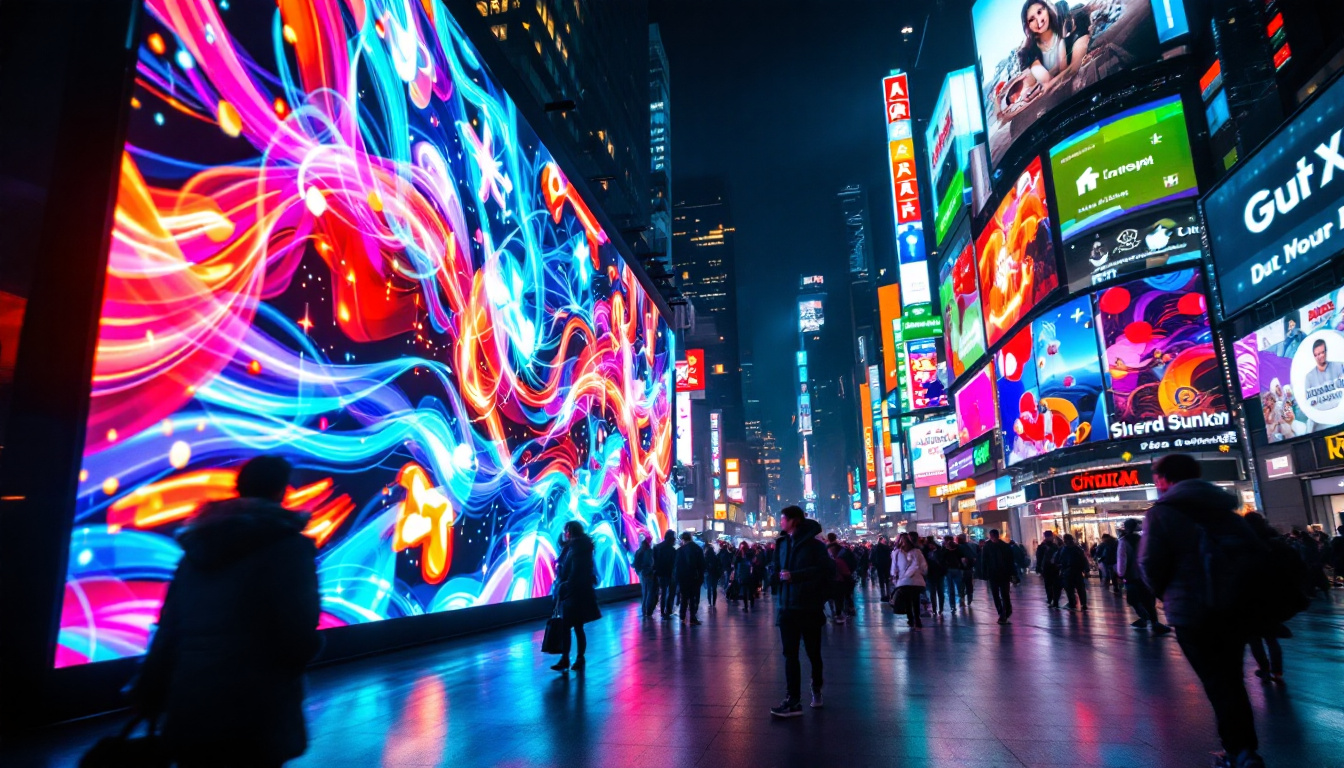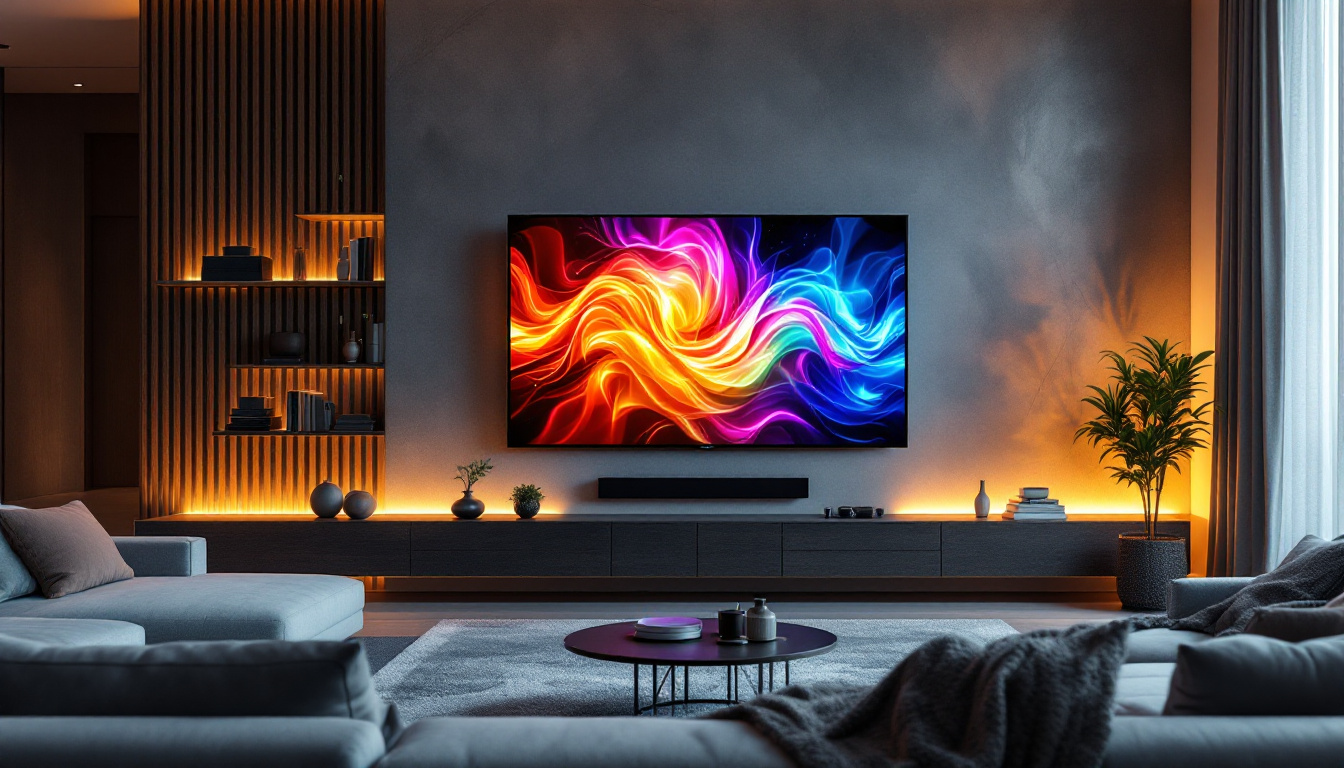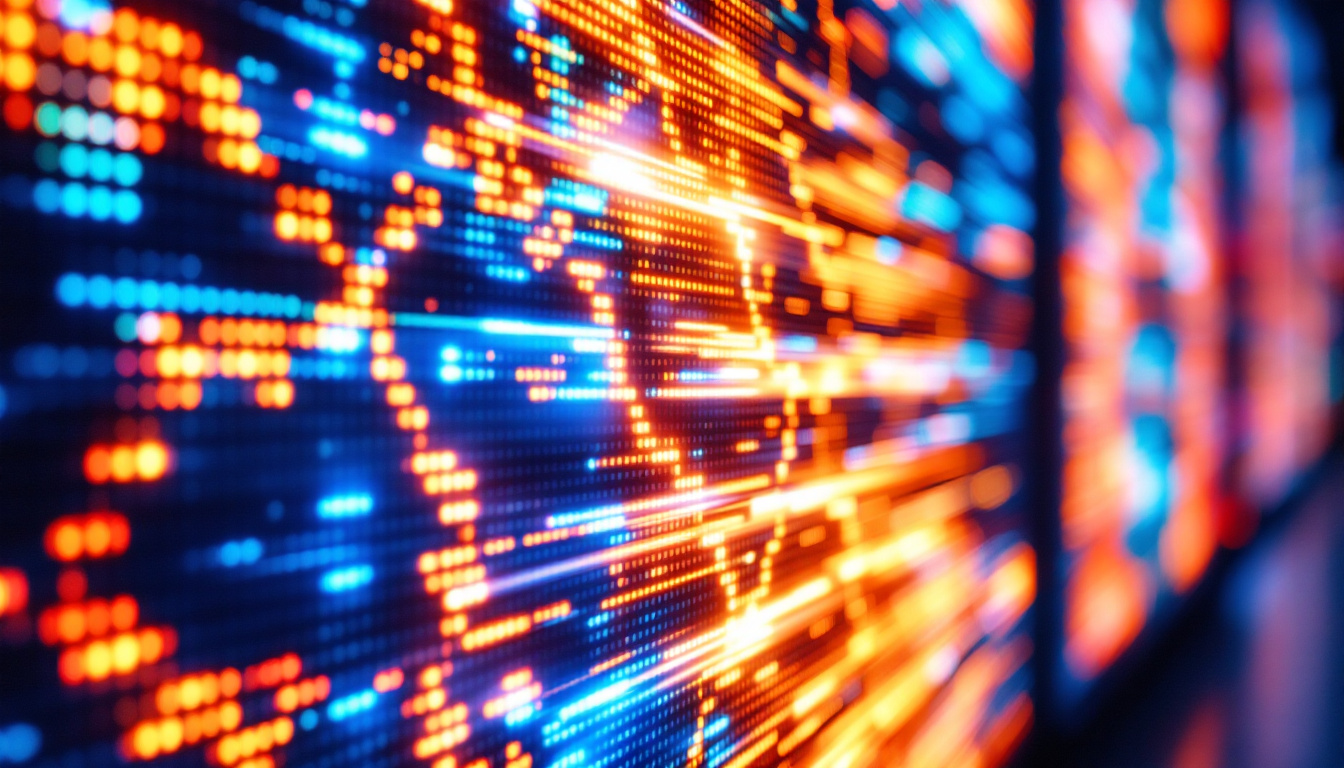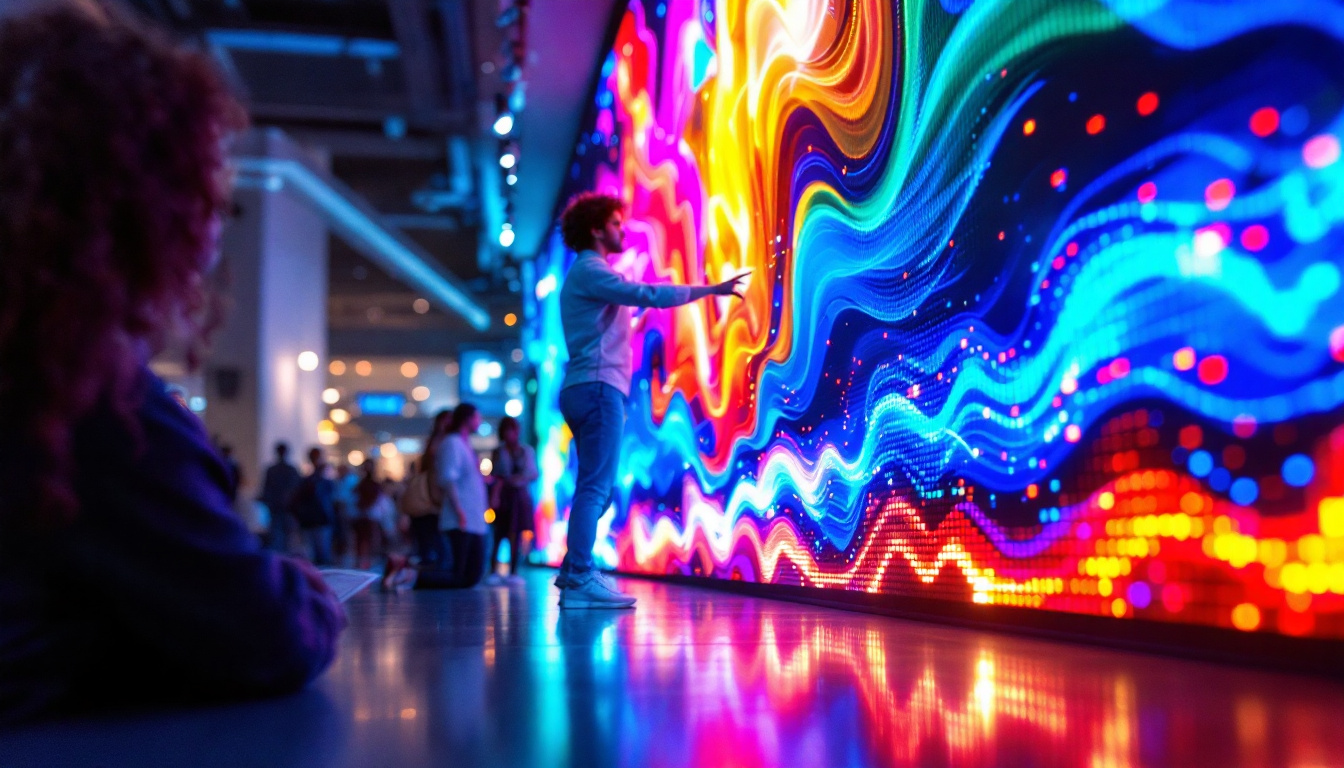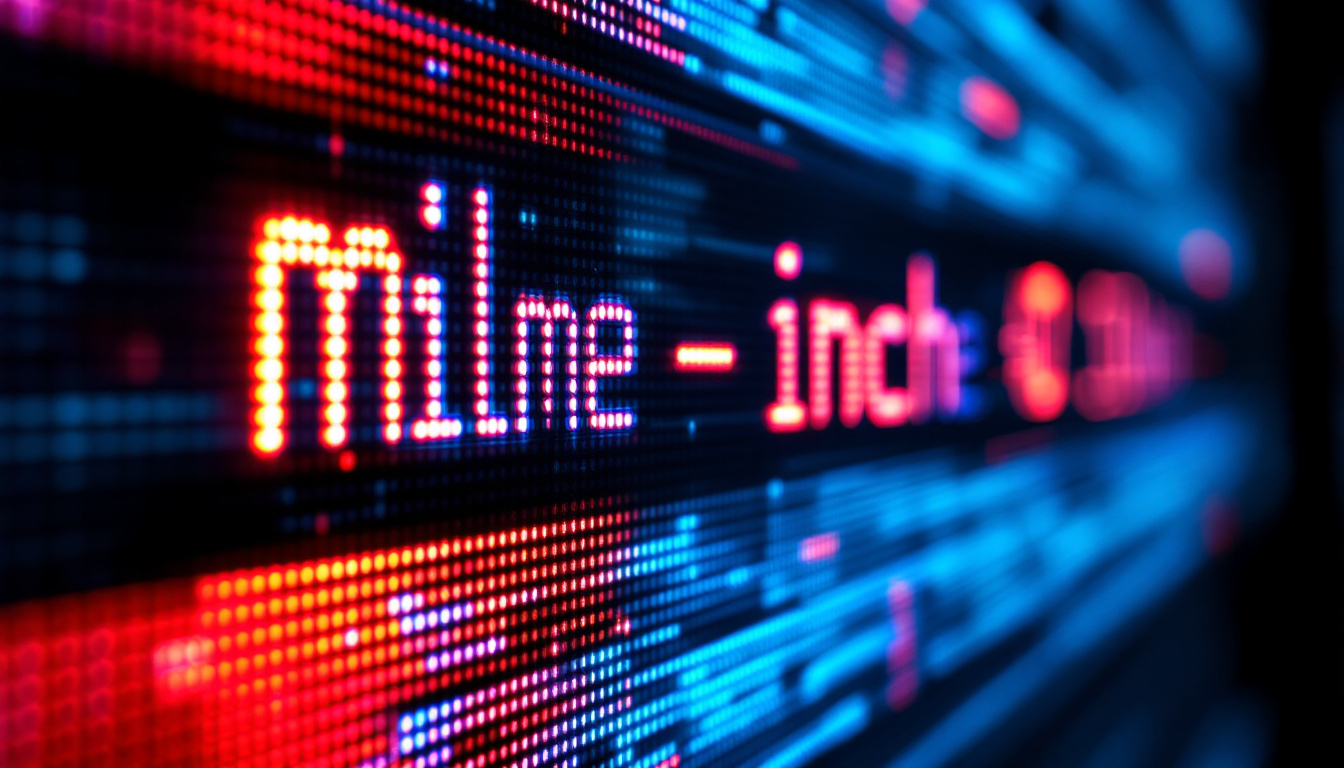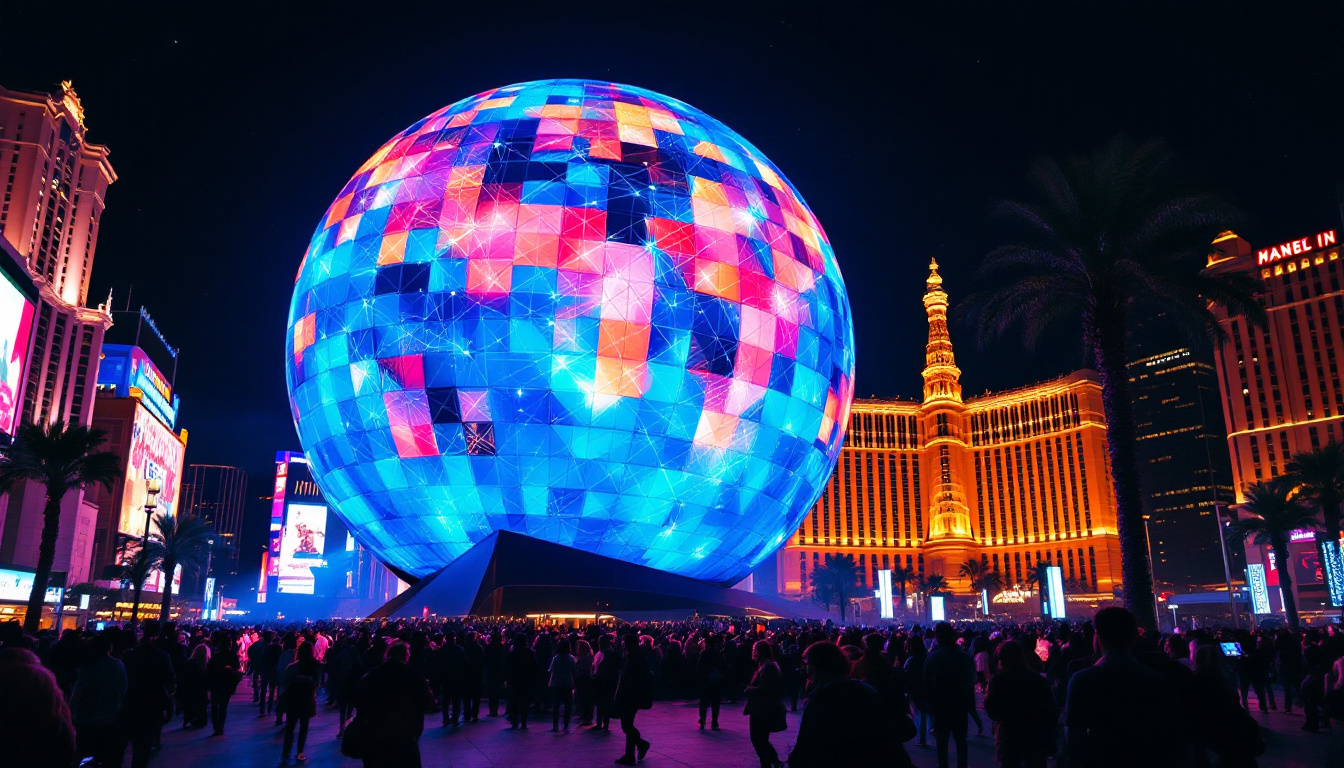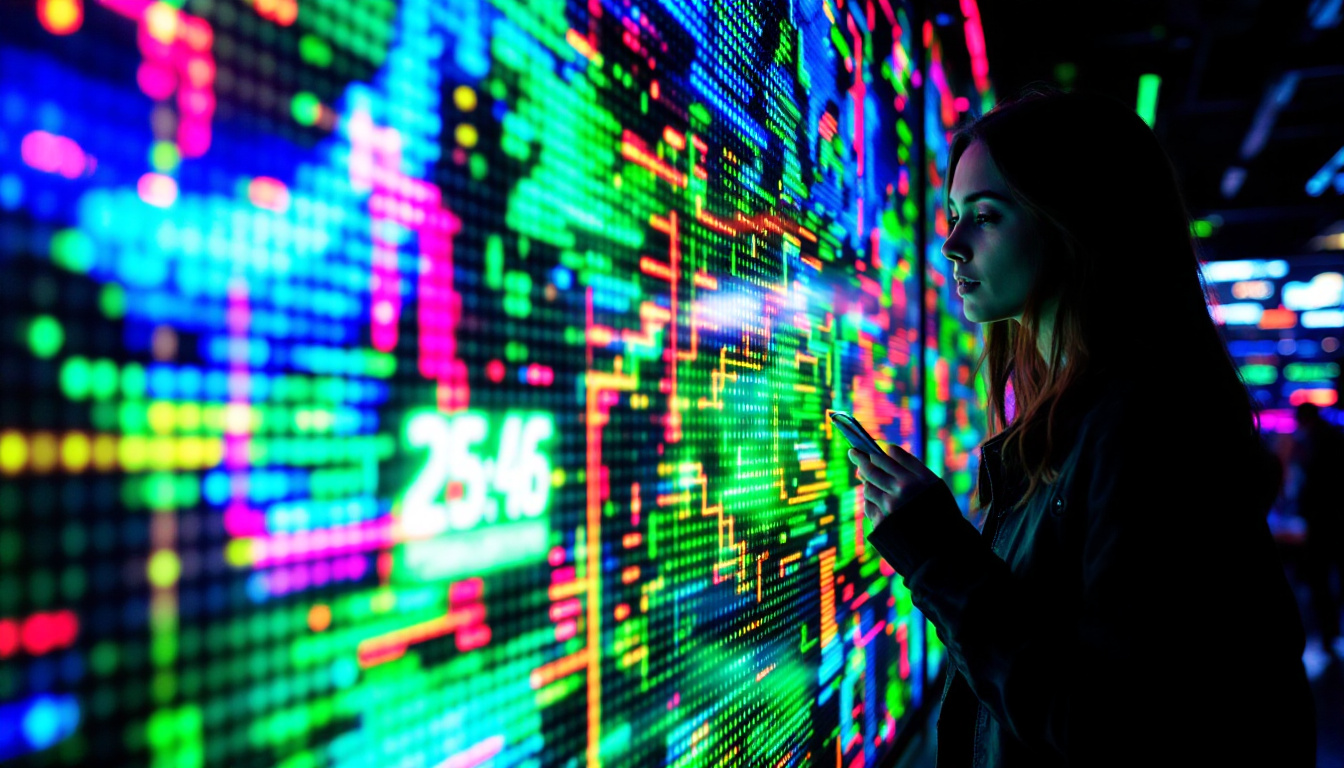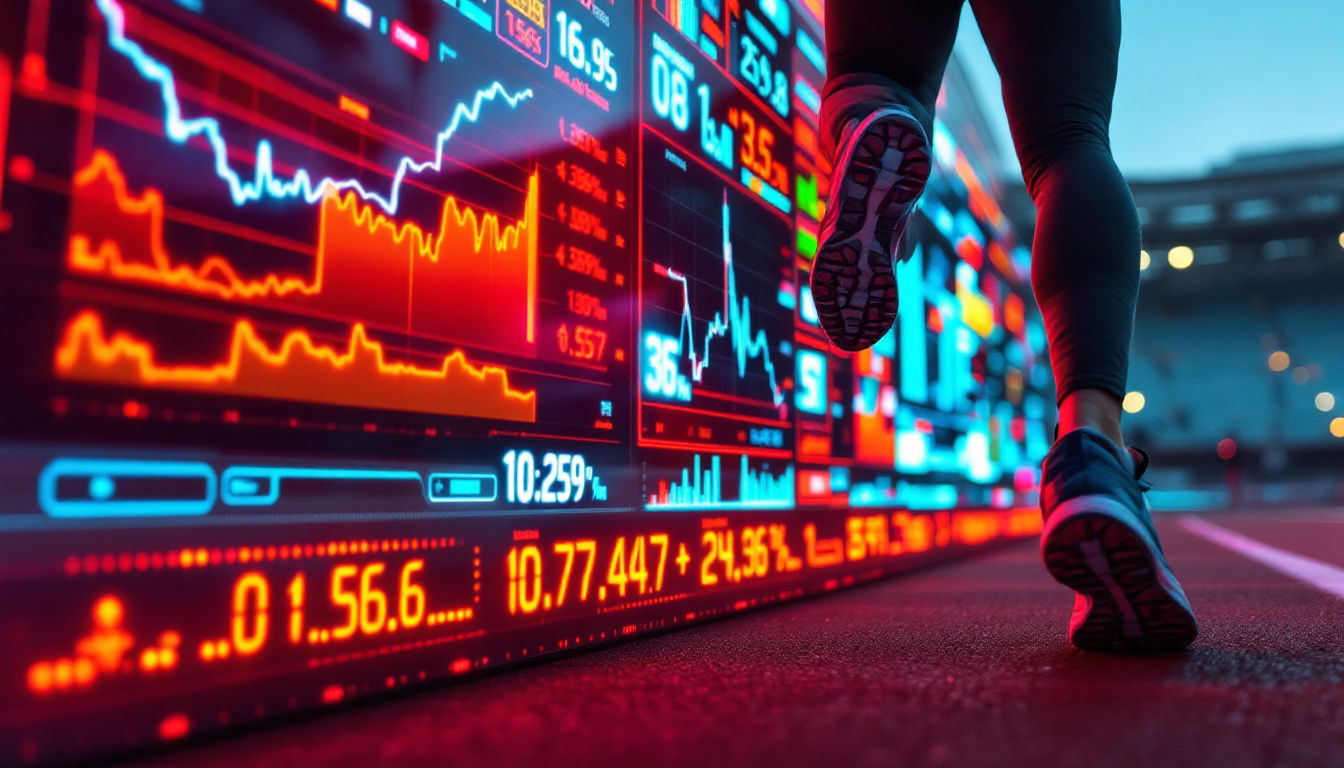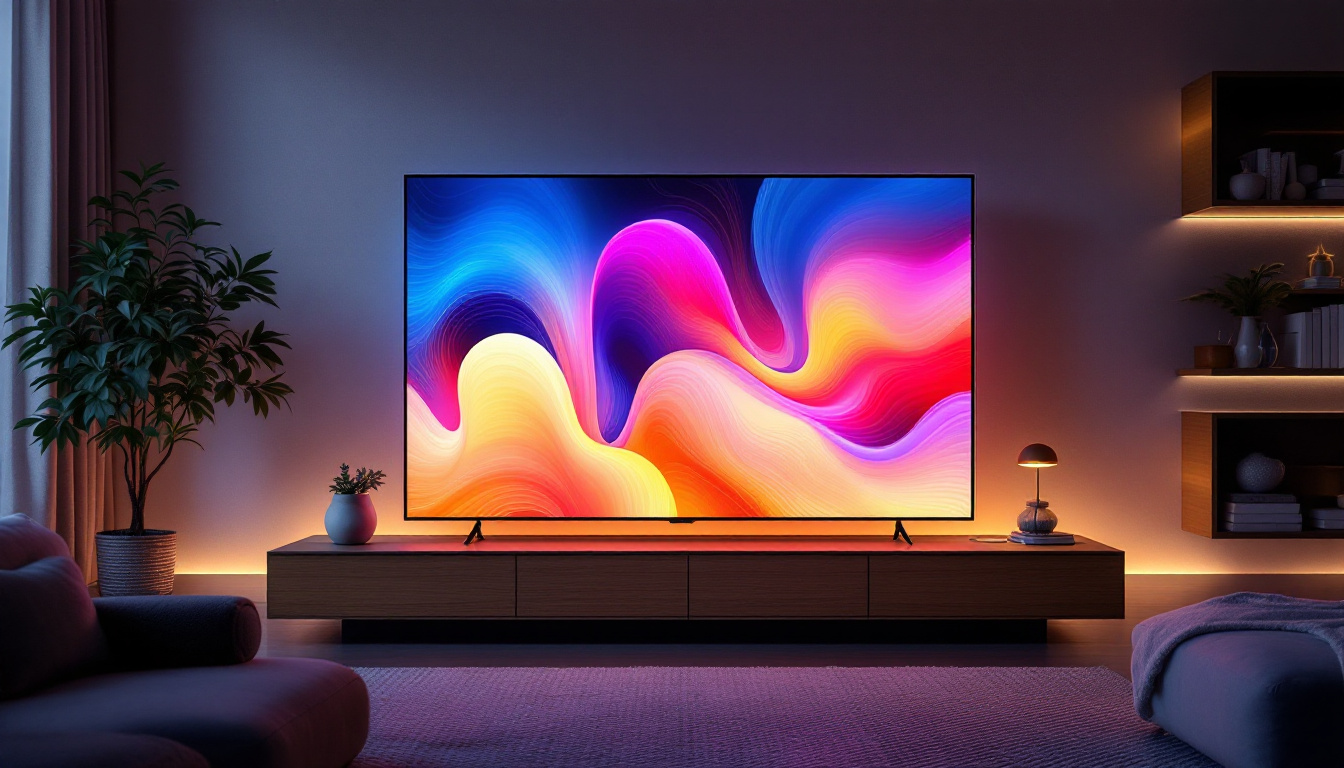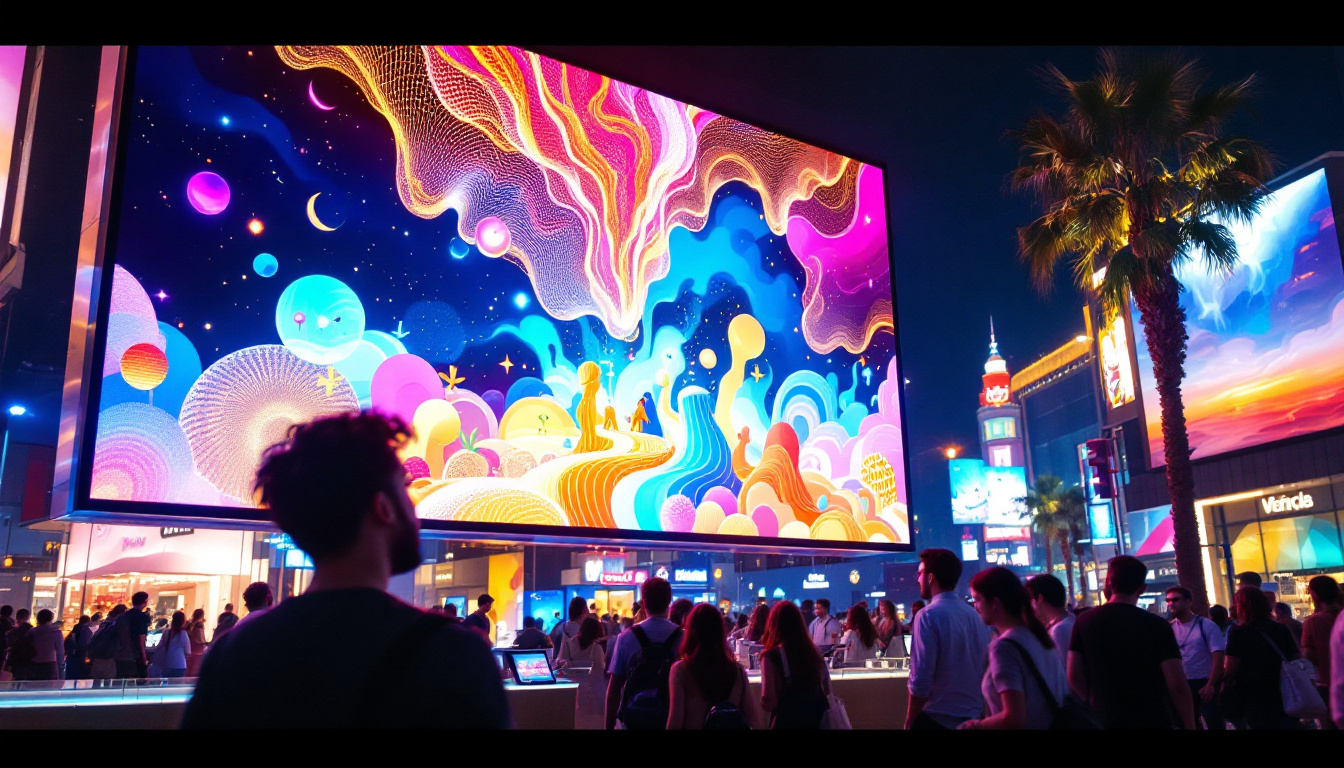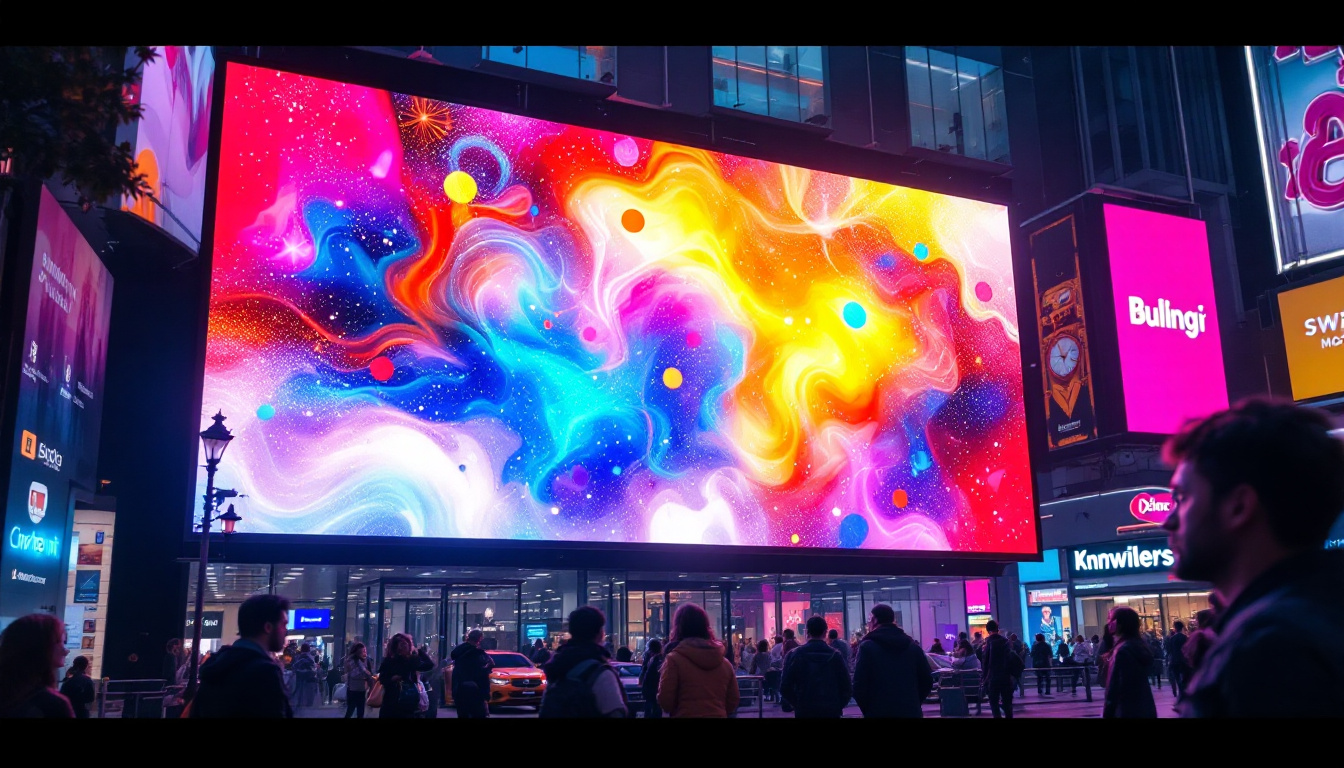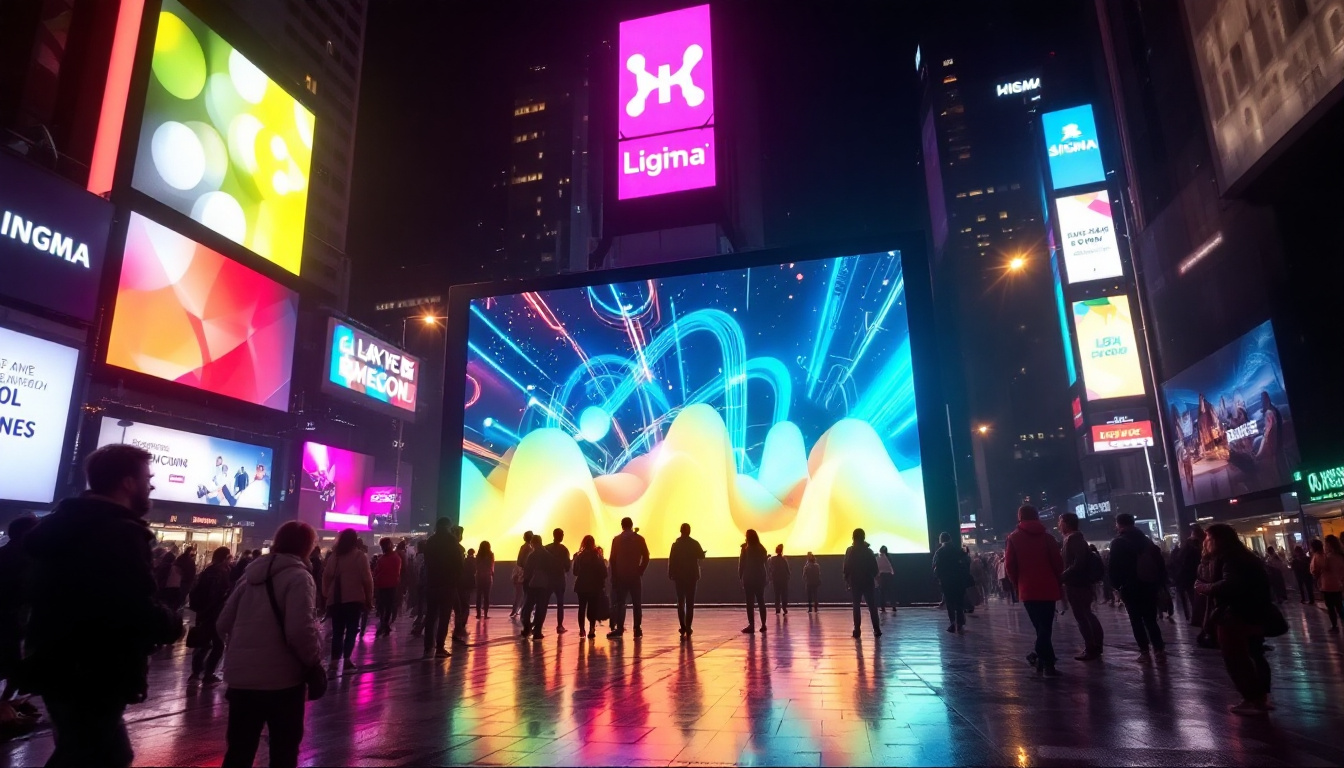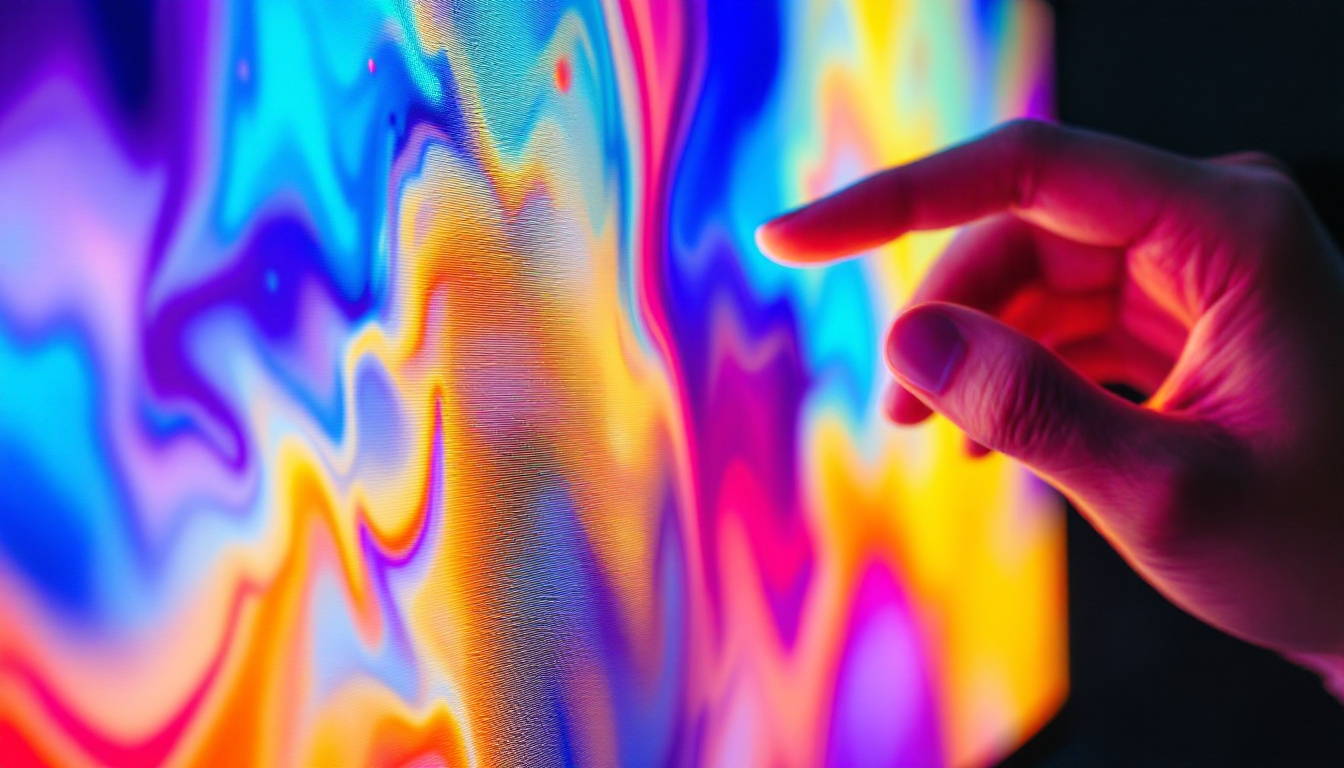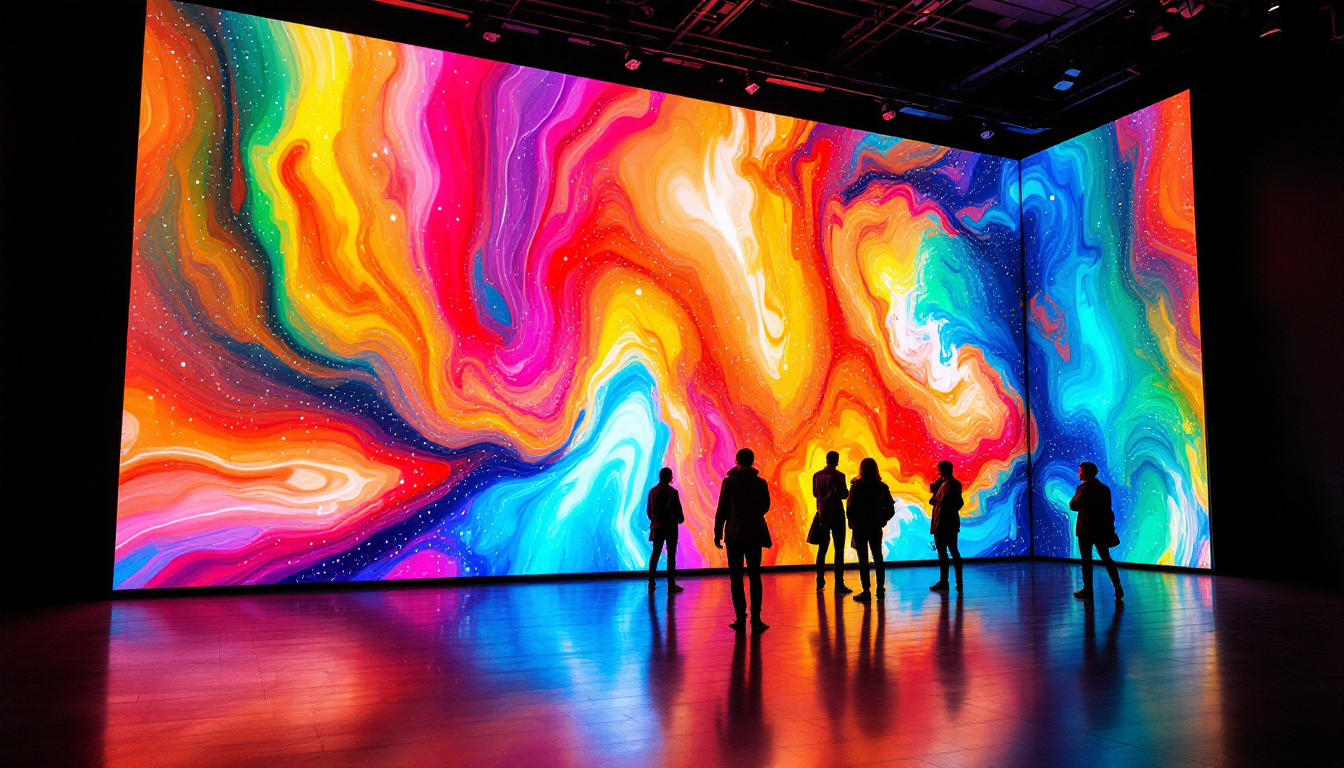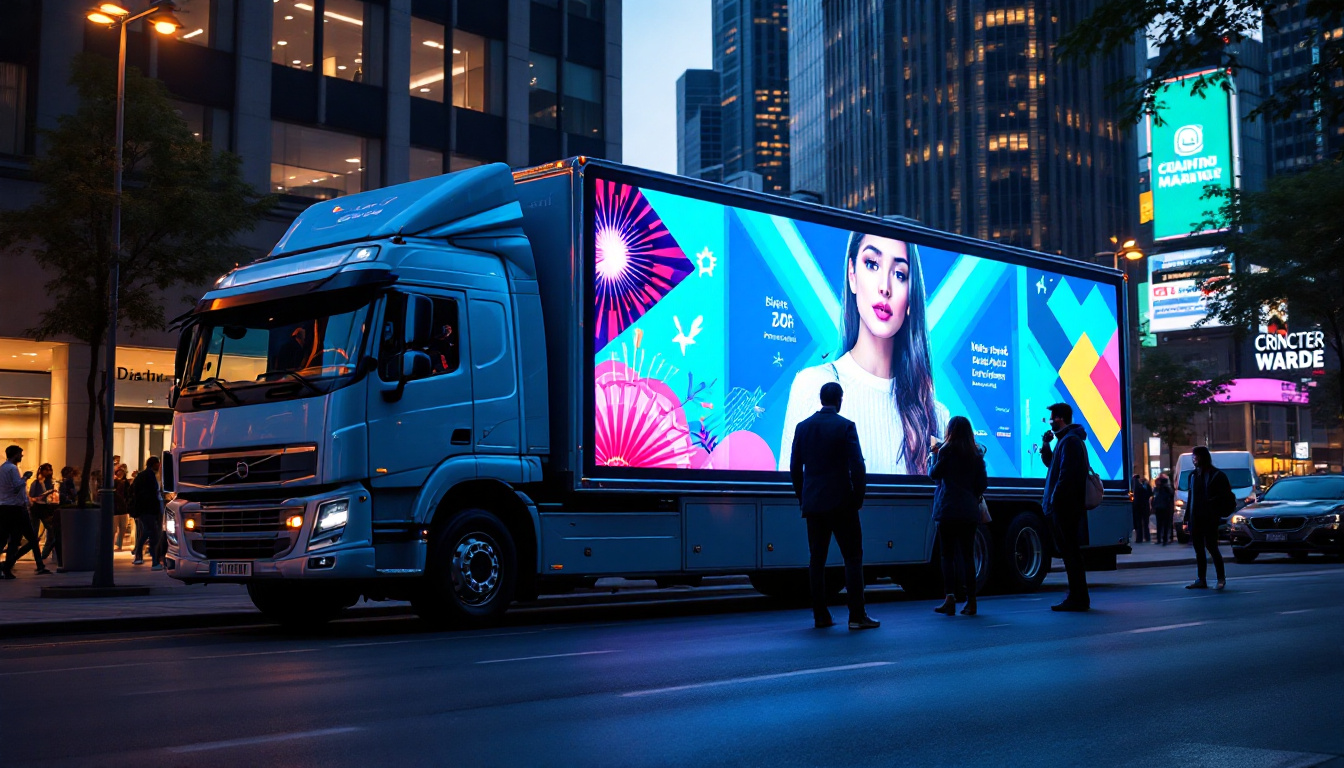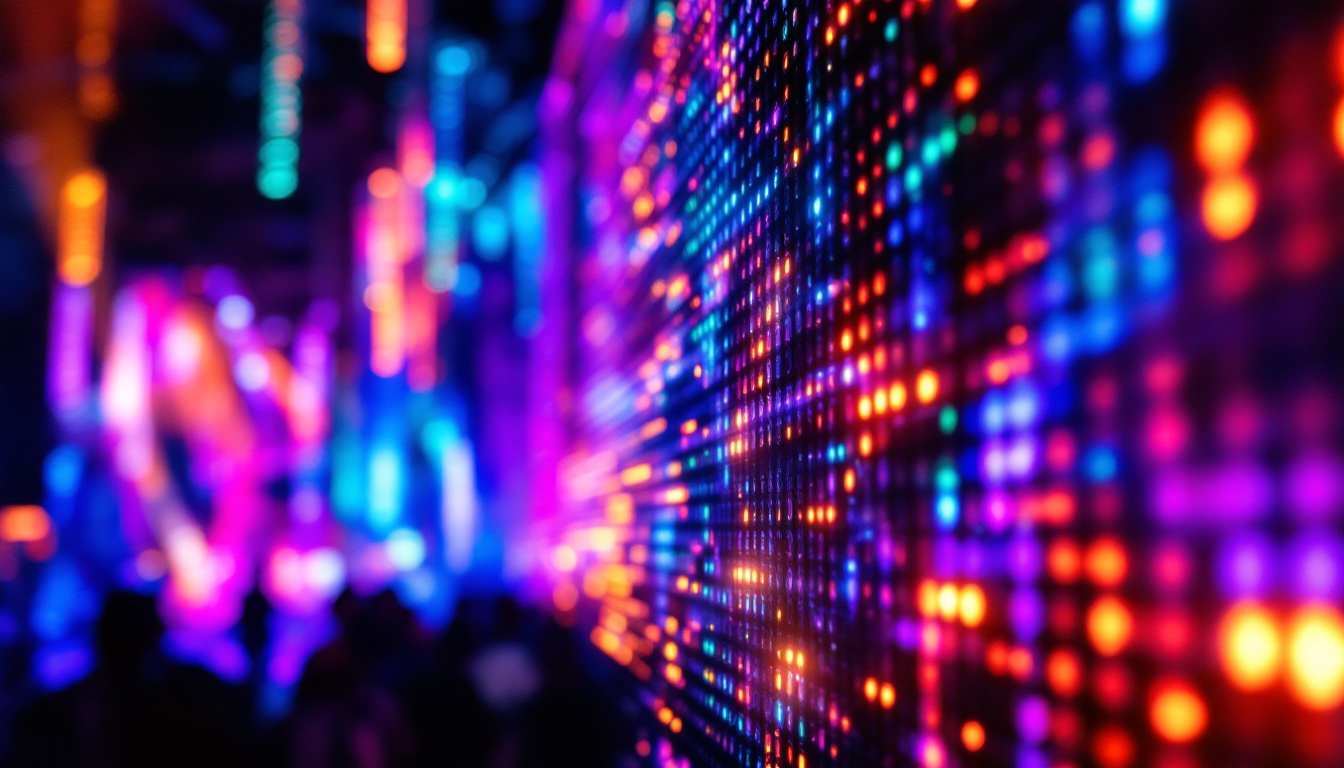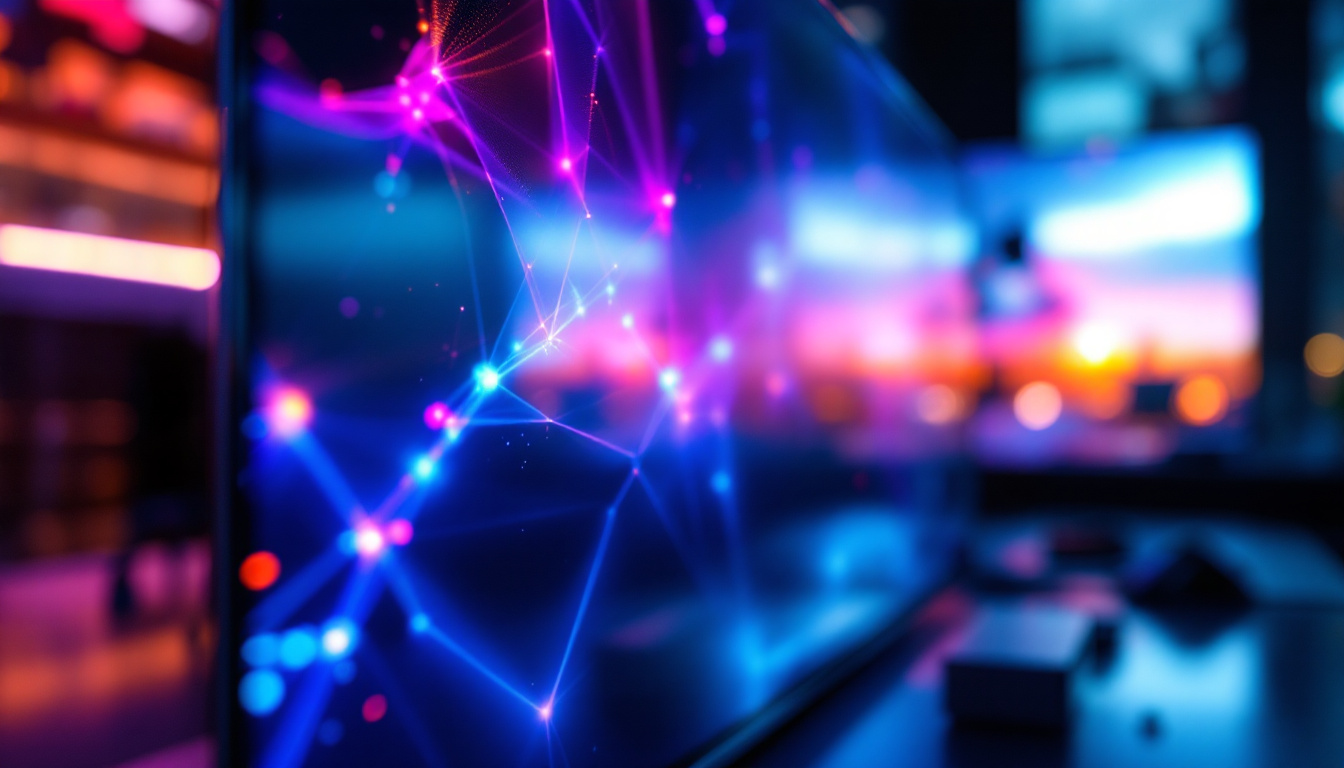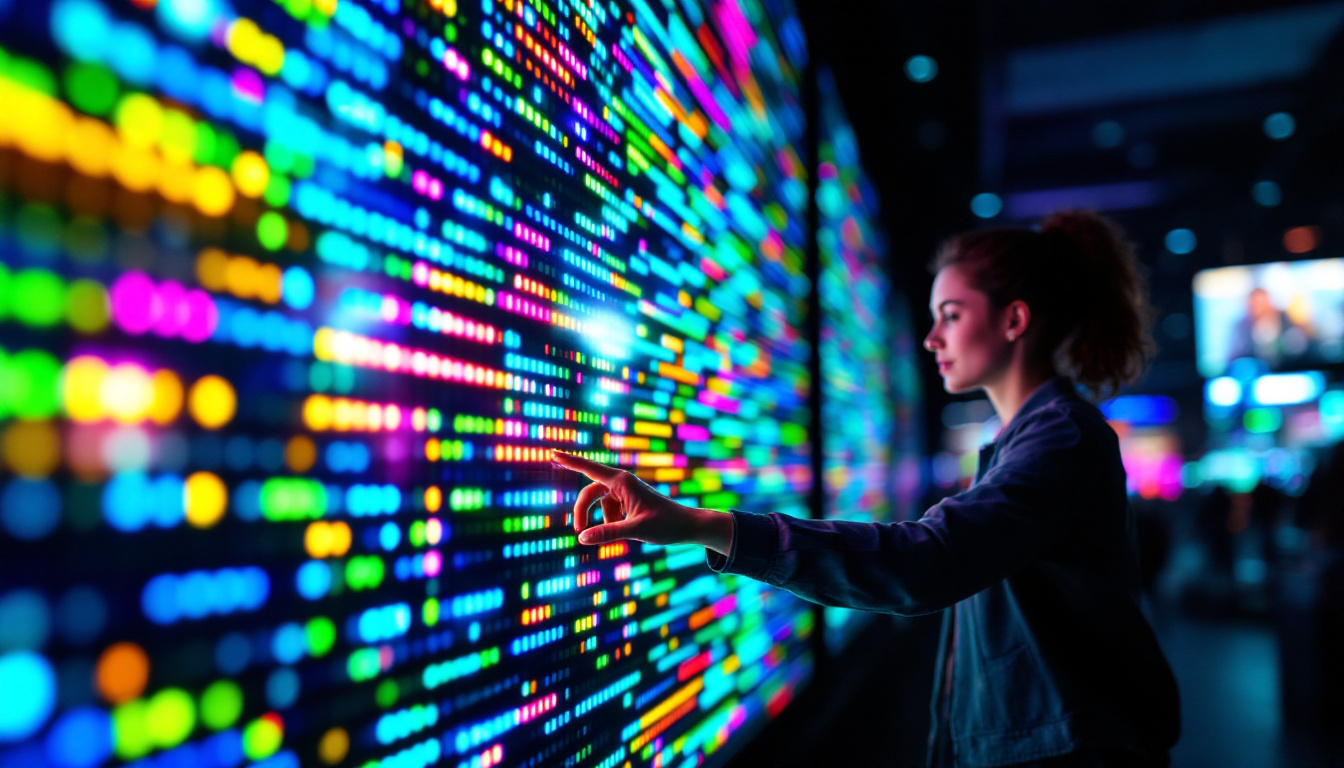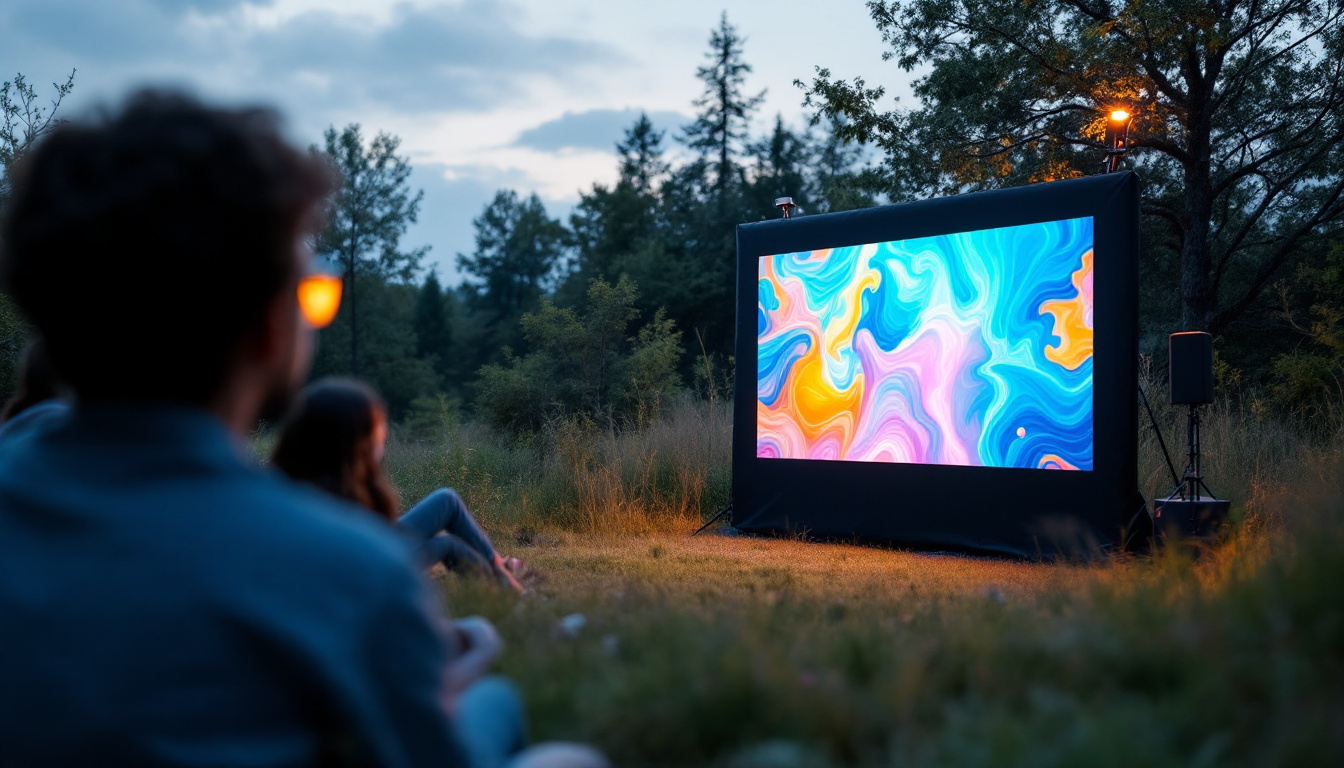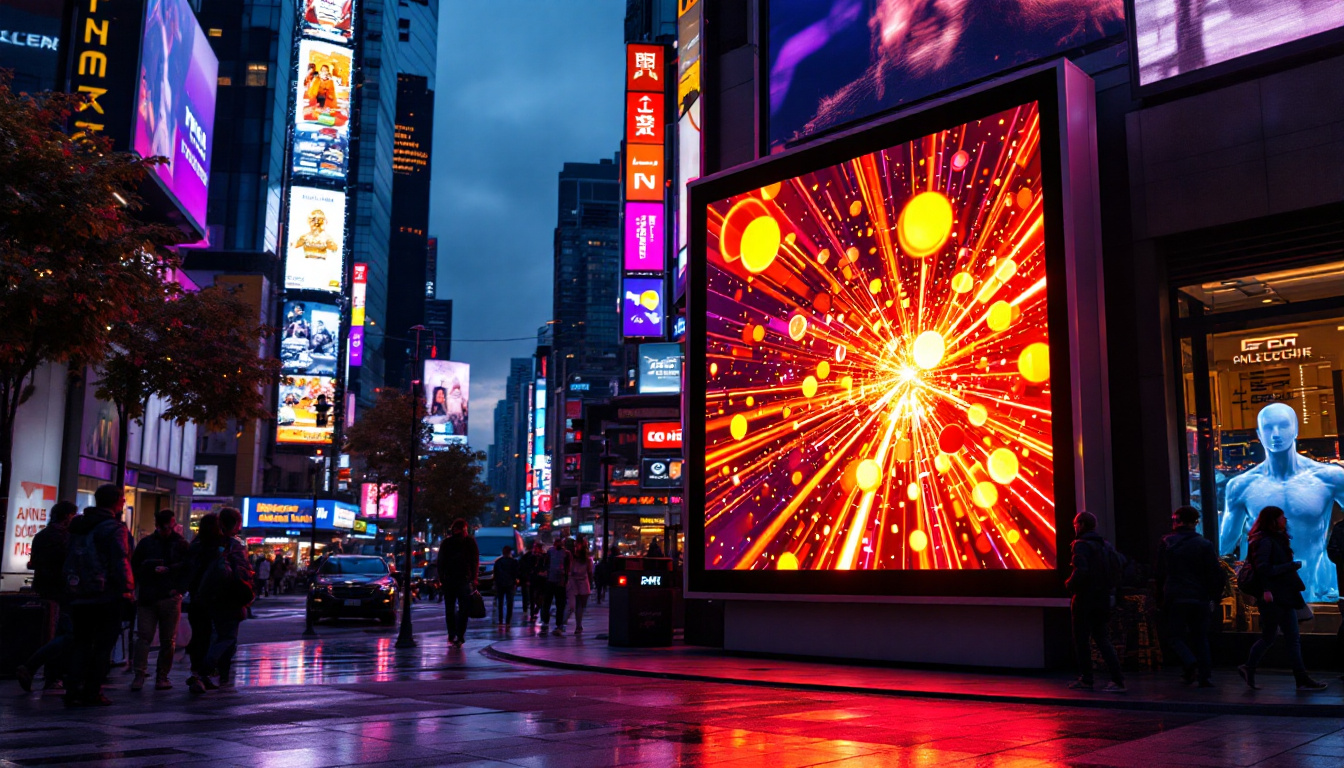In recent years, the use of LED displays has surged in various sectors, transforming how information is conveyed and consumed. The term “Taa countries” refers to a group of nations that have embraced technological advancements, particularly in the realm of visual displays. This article delves into the intricacies of LED displays, exploring their significance, applications, and the role they play in Taa countries.
Understanding LED Technology
Light Emitting Diode (LED) technology has revolutionized the way visual content is displayed. Unlike traditional display technologies, LEDs are energy-efficient, durable, and capable of producing vibrant colors. The basic principle behind an LED display involves the emission of light from semiconductor materials when an electric current passes through them. This innovation has not only enhanced the aesthetic appeal of displays but has also contributed to significant energy savings, making it a preferred choice for both commercial and residential applications.
As LED technology continues to evolve, manufacturers are exploring new materials and designs that further improve efficiency and performance. Innovations such as quantum dot technology are being integrated into LED displays to enhance color accuracy and brightness. This ongoing research and development are paving the way for even more advanced applications, including flexible and transparent displays that can be used in a variety of environments, from smart homes to automotive displays.
How LED Displays Work
LED displays consist of numerous tiny light sources that work together to create images. Each pixel in an LED display is made up of red, green, and blue (RGB) diodes. By adjusting the intensity of these colors, a wide spectrum of hues can be produced, allowing for high-quality images and videos. The arrangement of these pixels defines the resolution and overall clarity of the display. Furthermore, the refresh rate of an LED display plays a crucial role in how smoothly motion is rendered, which is particularly important for applications like gaming and video playback.
In addition to the basic RGB configuration, some advanced LED displays utilize additional colors, such as white or yellow, to enhance brightness and color range. This allows for more precise color reproduction and can significantly improve the viewing experience in various lighting conditions. As a result, LED displays are becoming increasingly popular in professional settings, where color accuracy is paramount, such as graphic design studios and photography exhibitions.
Types of LED Displays
There are several types of LED displays, each serving different purposes. The most common types include:
- Direct View LED Displays: These are used in large outdoor billboards and screens, providing high brightness and visibility from a distance.
- LED Video Walls: Often found in concert venues and sports arenas, these displays consist of multiple LED panels working together to create a large, seamless image.
- OLED Displays: Organic LED displays offer superior contrast and color accuracy, making them ideal for high-end televisions and smartphones.
In addition to these, there are also niche applications such as LED matrix displays, which are commonly used in electronic signage and information boards. These displays can convey dynamic messages and graphics, making them versatile tools for advertising and public information. Moreover, advancements in microLED technology are emerging, promising even smaller pixel sizes and greater flexibility in design, which could lead to new form factors and applications that were previously unimaginable.
The Rise of LED Displays in Taa Countries
Taa countries, characterized by their rapid technological advancements and economic growth, have witnessed a significant rise in the adoption of LED displays. This trend is driven by various factors, including urbanization, increased advertising needs, and the demand for innovative entertainment solutions.
Urbanization and Infrastructure Development
As cities in Taa countries expand, the need for effective communication tools becomes paramount. LED displays are increasingly used in urban infrastructure, from digital billboards to transportation information systems. These displays not only enhance the aesthetic appeal of urban environments but also serve as vital information hubs for residents and tourists alike. Moreover, the integration of LED technology into public spaces fosters a sense of community engagement, as interactive displays can provide real-time updates on local events, weather conditions, and emergency alerts, ensuring that citizens remain informed and connected.
Additionally, the use of LED displays in smart city initiatives is on the rise. Municipalities are implementing these technologies to improve traffic management and public safety. For instance, LED screens at intersections can provide drivers with crucial information about traffic conditions, while displays in public transport systems can help passengers track schedules and delays. This seamless flow of information not only enhances the overall urban experience but also contributes to a more efficient and organized city infrastructure.
Advertising and Marketing Innovations
The advertising landscape has evolved dramatically with the introduction of LED technology. Businesses in Taa countries leverage LED displays to create dynamic advertisements that capture the attention of consumers. The ability to change content in real-time allows for targeted marketing strategies, making LED displays an invaluable asset for companies looking to enhance brand visibility. This flexibility enables brands to tailor their messages based on time of day, audience demographics, and even weather conditions, ensuring that their marketing efforts resonate more effectively with potential customers.
Furthermore, the interactive capabilities of LED displays are revolutionizing consumer engagement. Many businesses are now incorporating touch-screen technology into their LED setups, allowing customers to interact with advertisements directly. This not only provides a more immersive experience but also encourages consumers to engage with brands in a meaningful way. For example, a retail store might use an LED display to showcase a new product line, allowing passersby to explore features and even make purchases on the spot. As a result, the synergy between LED technology and innovative marketing strategies is paving the way for a new era of consumer interaction in Taa countries.
Applications of LED Displays
LED displays find applications across various sectors, each benefiting from the unique attributes of this technology. From entertainment to education, the versatility of LED displays is evident.
Entertainment and Events
In the entertainment industry, LED displays play a crucial role in enhancing audience experiences. Concerts, festivals, and sporting events utilize large LED screens to broadcast live performances, ensuring that attendees have a clear view of the action. Additionally, LED technology allows for stunning visual effects that elevate the overall atmosphere of events.
Education and Information Dissemination
Educational institutions are increasingly adopting LED displays for classrooms and auditoriums. These displays facilitate interactive learning experiences, enabling educators to present information in engaging ways. Furthermore, LED displays are used in public spaces to disseminate important information, such as emergency alerts or community announcements.
Benefits of LED Displays
The advantages of LED displays extend beyond their visual appeal. Their energy efficiency, longevity, and adaptability make them a preferred choice for many applications.
Energy Efficiency and Sustainability
One of the most significant benefits of LED displays is their energy efficiency. Compared to traditional display technologies, LEDs consume significantly less power, leading to reduced energy costs and a lower environmental impact. This sustainability aspect aligns with the growing emphasis on eco-friendly practices in Taa countries.
Durability and Longevity
LED displays are built to last, with a lifespan that can exceed 100,000 hours. This durability reduces the need for frequent replacements, making them a cost-effective investment for businesses and organizations. Additionally, LEDs are resistant to shock and vibration, further enhancing their suitability for various environments.
Challenges and Considerations
Despite their numerous advantages, the deployment of LED displays is not without challenges. Stakeholders must consider various factors to ensure successful implementation.
Cost Implications
The initial investment for LED displays can be substantial, particularly for large-scale installations. While the long-term savings on energy and maintenance are significant, organizations must weigh these costs against their budgets. Strategic planning and financing options can help mitigate these financial challenges.
Content Management and Maintenance
Effective content management is crucial for maximizing the impact of LED displays. Organizations must invest in software and training to ensure that content is updated regularly and remains relevant. Additionally, regular maintenance is essential to keep displays functioning optimally and to address any technical issues that may arise.
Future Trends in LED Display Technology
The future of LED display technology is promising, with ongoing advancements poised to enhance their capabilities further. As Taa countries continue to innovate, several trends are emerging.
Smart LED Displays
Smart LED displays are set to revolutionize how information is shared. These displays can integrate with the Internet of Things (IoT), allowing for real-time data updates and interactive features. For instance, smart displays can adjust brightness based on ambient light conditions or display personalized content based on viewer demographics.
Flexible and Transparent Displays
Innovations in materials and design are leading to the development of flexible and transparent LED displays. These displays can be integrated into various surfaces, such as windows or walls, creating new opportunities for advertising and artistic expression. The ability to blend technology seamlessly into the environment will redefine how spaces are utilized.
Conclusion
LED displays have become an integral part of the technological landscape in Taa countries, offering a myriad of benefits across various sectors. Their energy efficiency, durability, and versatility make them an attractive option for businesses and organizations looking to enhance communication and engagement. As technology continues to evolve, the future of LED displays promises even greater innovations, further solidifying their role in shaping the visual experience of tomorrow.
Illuminate Your World with LumenMatrix
As you consider the transformative impact of LED displays in Taa countries, imagine the possibilities for your own business or project. LumenMatrix stands at the forefront of this innovation, offering a comprehensive range of LED display solutions tailored to meet your unique needs. From Indoor and Outdoor LED Wall Displays to specialized options like Vehicle, Sports, and Floor LED Displays, our mission is to revolutionize your visual communication. Experience the difference with our Custom, All-in-One, and LED Transparent Displays, designed to captivate your audience and amplify your message. Ready to elevate your brand’s visibility with cutting-edge technology? Check out LumenMatrix LED Display Solutions and join the visual revolution today.

